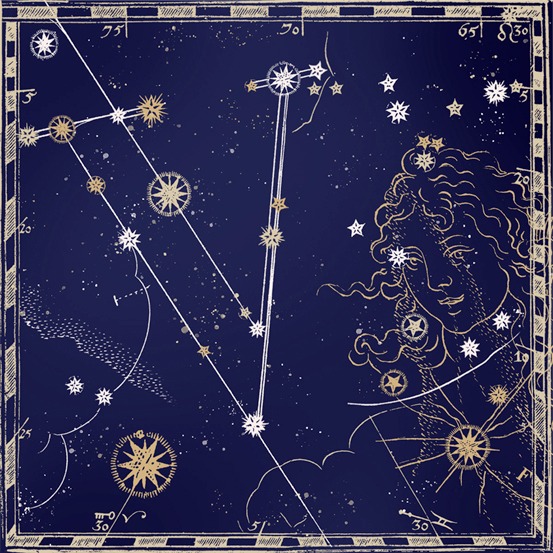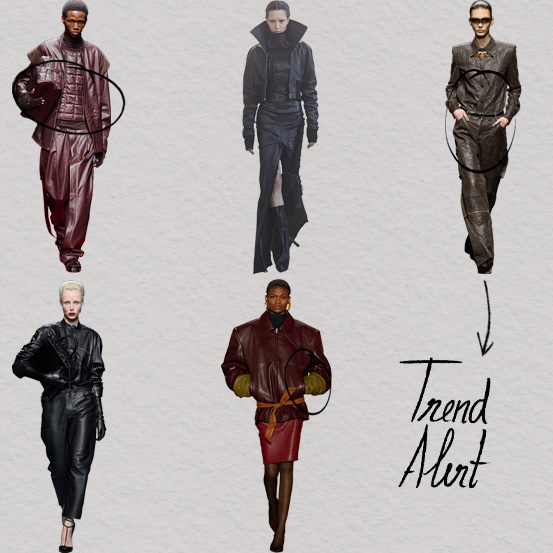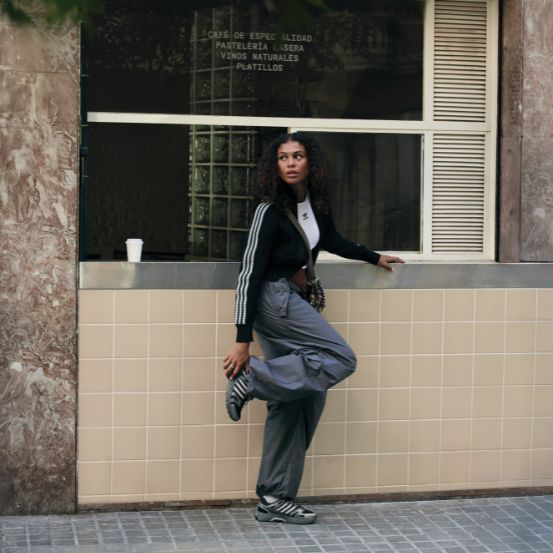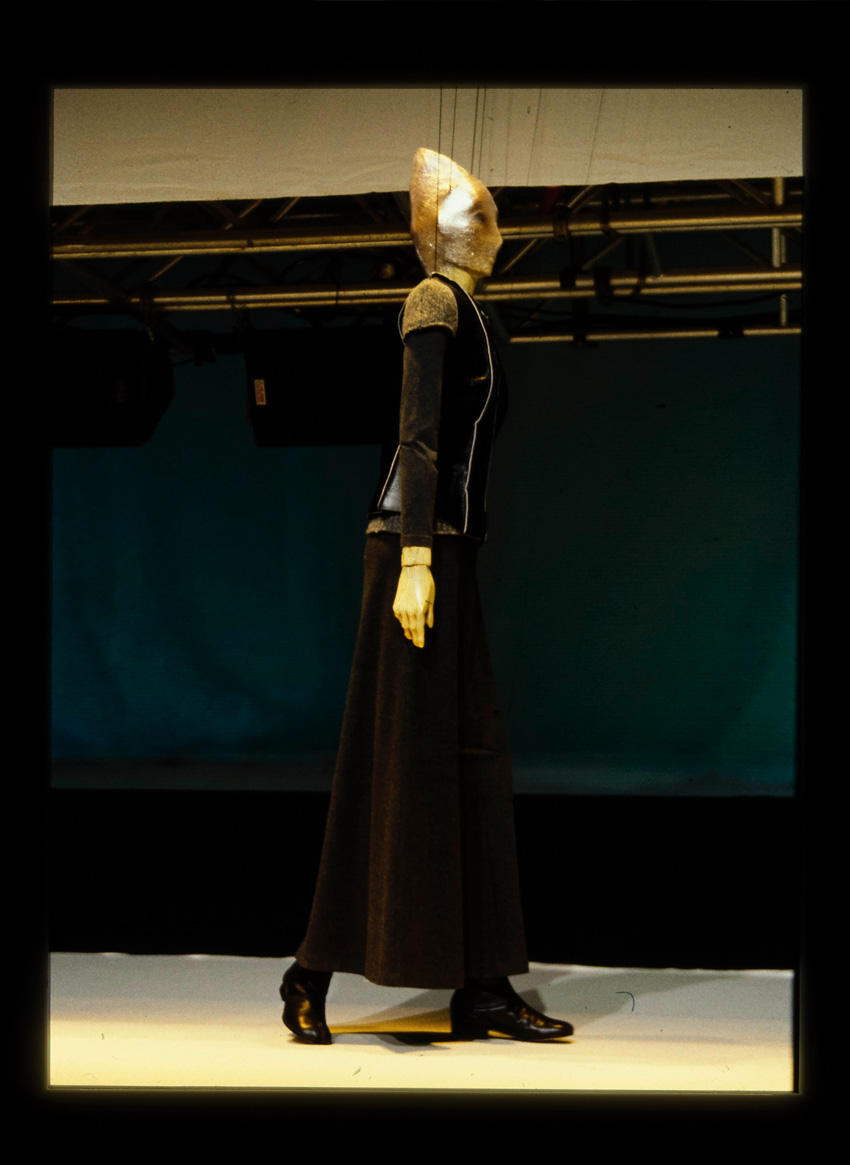The Mystery Issue
In the dynamic fashion scene, where exposure is the norm, mystery emerges as a colossal force. Reflecting on figures like Martin Margiela reveals that choosing to remain silent can generate a certain magnetism, arousing curiosity. In times of social media and constant sharing, opting for a more reserved approach can mean standing out. This is a philosophy that invites us to value what is subtle and explore untold narratives, revealing that in fashion, as in life, the invisible can also leave a mark.
As soon as Vogue shared this issue's theme with me, “Mystery”, one of the first ideas that came to mind was Martin Margiela. Something with or about Martin Margiela. Ideally, an interview. Because I love interviewing people, but above all because the Belgian designer (April 9, 1957) is the embodiment of mystery. He is also one of the most remarkable cases of how mystery can be used as a strategy in the fashion industry. Mystery in fashion has always been a source of irresistible appeal, a fascination that contrasts with today's hyper-exposed world. In an age when every detail is shared on social media, the choice to hide, to maintain a certain reserve, has become an act of sophistication. Whether through the stance of a designer who chooses anonymity, or the discreet co-communication of a brand, mystery generates curiosity, capturing the imagination and transforming the absence of information into a powerful tool of desire. From the beginning of his career, Margiela refused to appear in public, choosing instead to remain invisible and allow his creations to speak for themselves. With no interviews, and no media appearances, he revolutionized the way the public relates to a designer. That's also why the interview I so desperately wanted to do with the fashion genius never happened - despite my attempts. Maison Margiela, formerly Maison Martin Margiela, has, throughout its long existence - the brand has been around for almost four decades since it was founded - become synonymous with mystery, with blank labels and fashion shows where the founder himself made a point of never being present. This choice was not just an artistic whim, but a declaration of principles: Margiela believed that the focus should be on the clothes, not on the figure of the designer. Invisibility reinforced the mystique surrounding his work, creating a cult of admiration for his brand. It should be noted that before the brand was acquired by the OTB Group (Only The Brave) in 2002, MMM stores were not even listed in the telephone directory and Margiela's name did not appear outside the brand's spaces. If Margiela personifies the extreme of mystery, by completely concealing his image, other brands adopt a more subtle but equally effective approach. One example that should not be overlooked is The Row, the brand founded by sisters Mary-Kate and Ashley Olsen. Although their strategies differ, the power of silence and absence is equally present. The brand is applauded for its minimalist approach, with discreet pieces, no visible logos, let alone glaring ones, and thoughtful, restrained communication - low profile, therefore. What's more, the Olsen sisters rarely appear at promotional events or interviews - like the Belgian designer - preferring their creations to give voice to the brand. This deliberate lack of exposure has greatly contributed to the perception of luxury and exclusivity surrounding The Row, which, at the presentation of its fall-winter collection last February at Paris Fashion Week, took this overexposure to new extremes, given the times, prohibiting the taking and sharing of images during the presentation, handing out notepads and pens to guests. In response, the Internet was ablaze with comments and opinions - but no photos of the looks, at least not right away: there was more talk of absence than presence. In a market saturated with images and brands competing for airtime, choosing not to show off becomes an effective strategy. Silence and discretion become tools of differentiation. The appeal of mystery also extends to the way some luxury brands limit access to their creations. Hermès, with its iconic Birkin and Kelly wallets, is a perfect example of how inaccessibility can increase desire. The difficulty in obtaining one of these pieces creates an aura of exclusivity and mystery around the brand. Enigmatic advertising campaigns, which reveal very little about the collections, also contribute to this phenomenon, generating expectation and curiosity. In today's context, where designers and influencers share every aspect of their lives on social media, mystery has become a rare and super-valuable luxury. In an era of total transparency, the choice to keep certain facets of life secret emerges as a form of resistance. Those who resist the temptation to expose every detail create a unique magnetism, attracting the public's curiosity. Mystery allows viewers to construct their narratives, feeding the imagination and generating a desire for discovery. In a culture saturated with information and overexposure, the absence of certain elements proves more powerful than constant presence, challenging standards of visibility and redefining what it means to be relevant. This fascination with the hidden is also reflected in personal style. Just like brands that cultivate an air of mystery, people who opt for a more reserved or subtle aesthetic often communicate more through what they don't reveal. In fashion, what is hidden can be just as intriguing as what is shown. When a garment suggests something without being explicit - whether through unexpected cuts, subtle textures, or a discreet color palette - it creates an engaging personal narrative. In this context, mystery becomes the key to captivation, allowing each individual to tell their story uniquely, arousing interest and connection without the need for words. Ultimately, mystery in fashion proves to be an art of balance: between the hidden and the visible, between presence and absence. Designers like Margiela and brands like The Row prove that, in a culture of excess and exposure, true luxury can lie in what is not seen, in what is kept secret. It is this game of hide and seek that awakens our deepest desires, making the unsaid and the unshown the most powerful tools for captivating. Because in fashion, as in life, what remains hidden is what lingers most in our imagination. Mystery in fashion is not just a strategy; it is an invitation to explore the depths of untold narratives and to value what is hidden in the shadows. It is in this intricate play between showing and hiding that true beauty lies, revealing that what cannot be seen can leave an indelible mark on our memory and imagination. The “Low Profile” philosophy invites us to rediscover the beauty that lies in subtlety and discretion, elevating them to true forms of elegance. In a fashion world that often feels noisy and superficial, it is the silent voices that echo most strongly. It is in the mystery that we find fascinating stories waiting to be revealed, nuances that speak louder than a flash of lightning. Each piece, each look, becomes an opportunity to tell a rich narrative, where what is not said is as powerful as what is exposed. Instead of getting carried away by the rush and the need for immediate approval, we learn to savor patience and expectation, where discovery becomes an almost poetic experience. The “Low Profile” is not just a fashion strategy; it is a way of life that reminds us that, behind every discreet silhouette, there is a world of complexity and beauty that only the attentive can see. And so, in the art of the hidden, we find a true invitation to explore, appreciate, and, above all, celebrate what remains undiscovered.
Most popular



Relacionados
.jpg)

Adistar Control 5: um regresso ao passado da adidas Originals, com os olhos postos no futuro
10 Dec 2025




.jpg)